Over a third of all British jewellery is made in the bustling Jewellery Quarter, making it the most concentrated area of wholesale and retail jewellery manufacturers in the whole of Europe. But how did this iconic district of Birmingham become such a hive of jewellery activity? We take a look at the fascinating history behind our local streets.
The story of jewellery-making in Birmingham can be traced back almost 500 years now, when a 1553 survey of the people listed one man Roger Pemberton as a goldsmith - one of the first of his kind in the city. Jewellery-making in Birmingham as a proper industry became more popular in the 1660s, when King Charles II brought buttons and buckles over from France and jewellers of the Jewellery Quarter started producing similar pieces using silver, gold, gemstones and coloured glass.
By 1780 the number of goldsmiths had grown to 26, but it was the arrival of the 19th Century that saw rapid expansion of the quarter itself, when a taste for fashionable jewellery really took off. As it still the case for many of the Jewellery Quarter’s businesses today, jewellery-making was undertaken by self-employed specialists who worked in their homes or small workshops and then passed on their skills through the generations. During this period, trading was not yet done with the public. Rather than crafting a piece of jewellery from start to finish, businesses would instead undertake one small part of the jewellery-making each - the clasp on a necklace, for example - before passing it through a number of hands to be put together and then sold. For this to be a viable production line, these businesses needed to be close to one another - hence why there are so many competitive businesses now residing in the same streets.
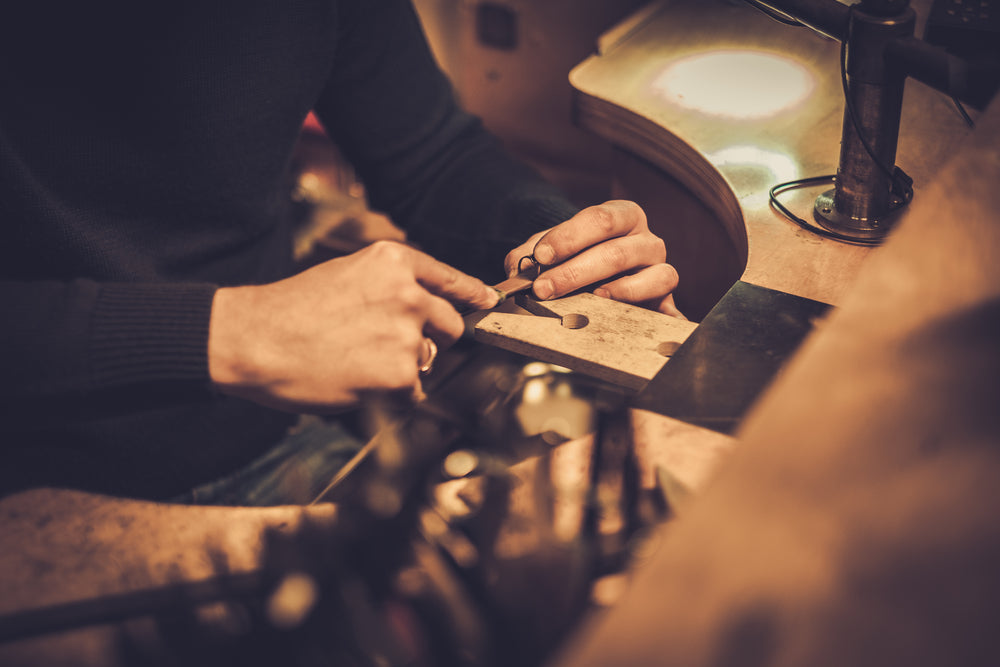
In 1824 the Birmingham Assay Office was granted permission to hallmark goldware and the Industrial Revolution saw the city flourish, developing into a large industrial town and manufacturing a vast range of products. It was at this time that the city got labelled the ‘city of a thousand trades’, with jewellery-making one of these key industries. The jewellery trade developed around the Vyse St and Warstone lane area, with wealthy factory owners eventually developing the space around St Paul's Church as the leafy residential area adjacent to the main Jewellery Quarter. This area too eventually became converted to workshops and factories as the district developed at a huge rate, and by the beginning of the 20th century some 30,000 people were employed in the Birmingham Jewellery Quarter - the true peak of jewellery manufacturing in the city.
Only in the 1970s did the jewellers of the area begin to open up their workshops as actual stores to the public - as we ourselves did at the Design Centre in 1977. Since then the Jewellery Quarter’s appeal has become even more wide-ranging, and nowadays there are still over 500 jewellery businesses operating in and around the area. Labelled a national treasure by English Heritage and a designated conservation area, this iconic district is still popular for tourists of all kinds and remains a stone’s throw from Birmingham’s City Centre.

For those of you who have yet to visit the Jewellery Quarter, we’d thoroughly recommend a visit. Even if you’re not searching for your latest jewellery purchase, we’d be more than happy for you to pop into our Design Centre store to chat about our amazing neighbourhood. This part of Birmingham remains famous across Europe, and we’re proud to be a part of it.
--
Did you like reading about our history? Find more of our jewellery blogs right here.


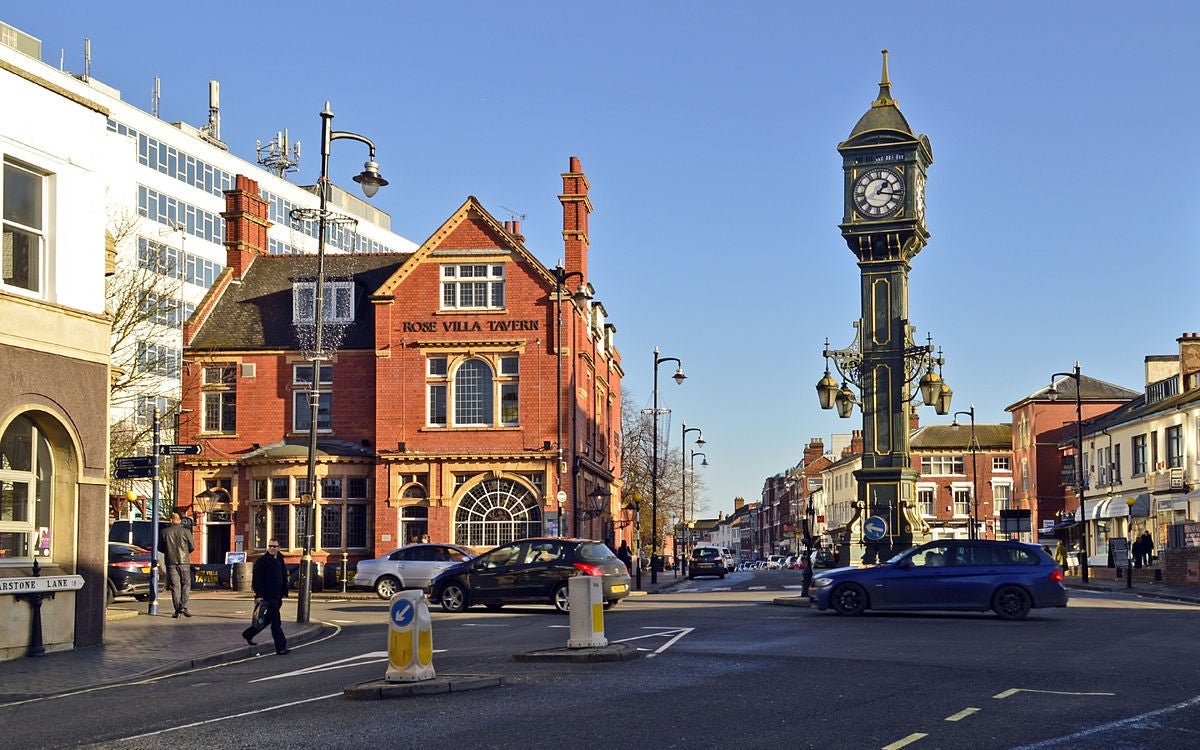
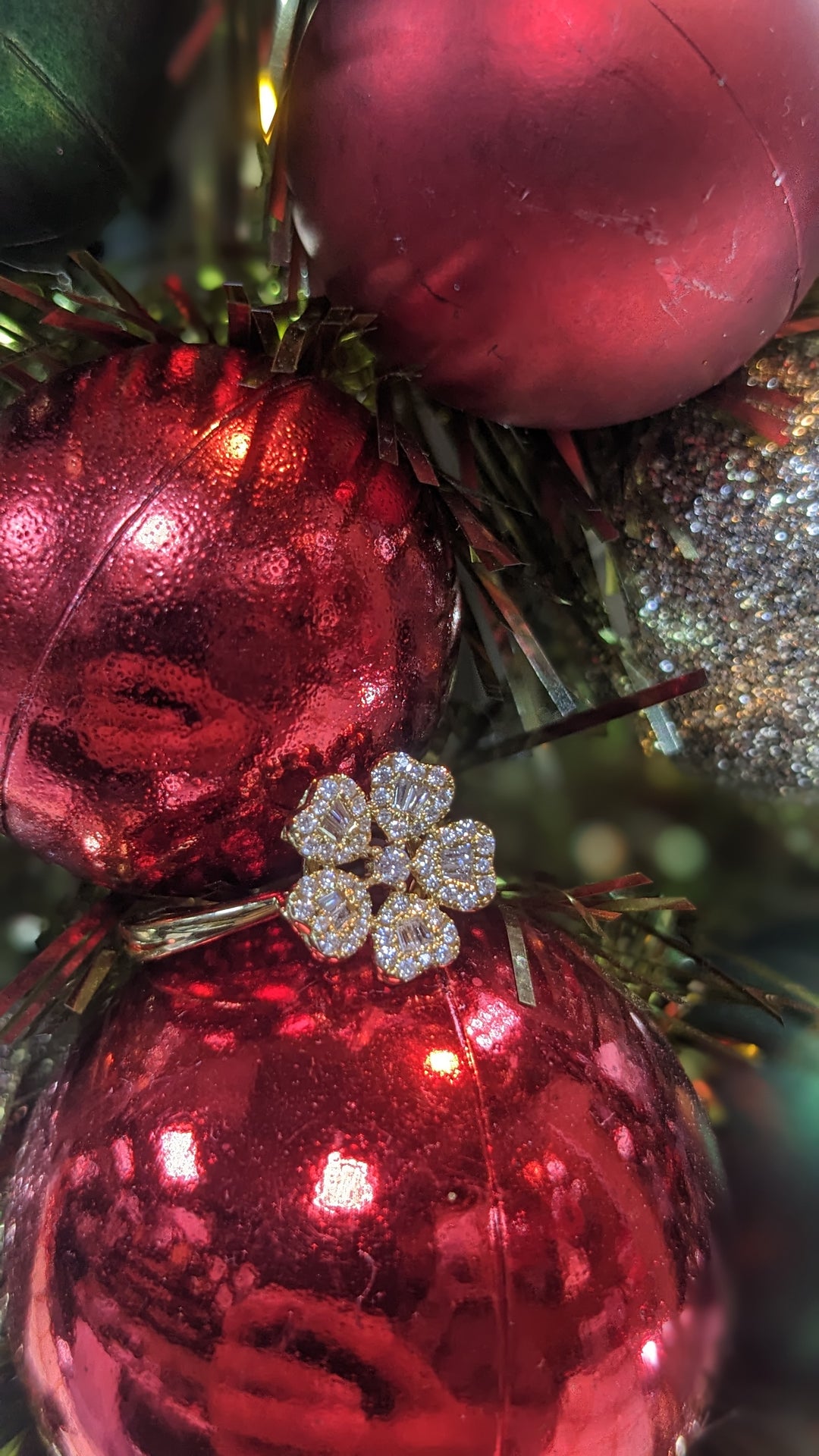
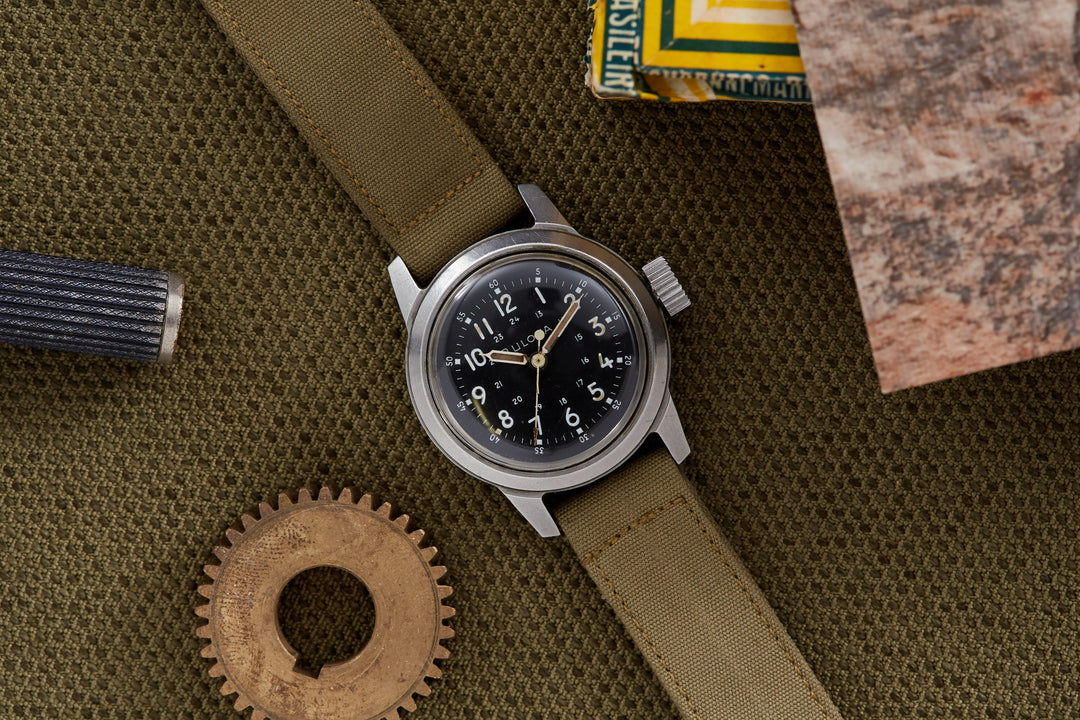
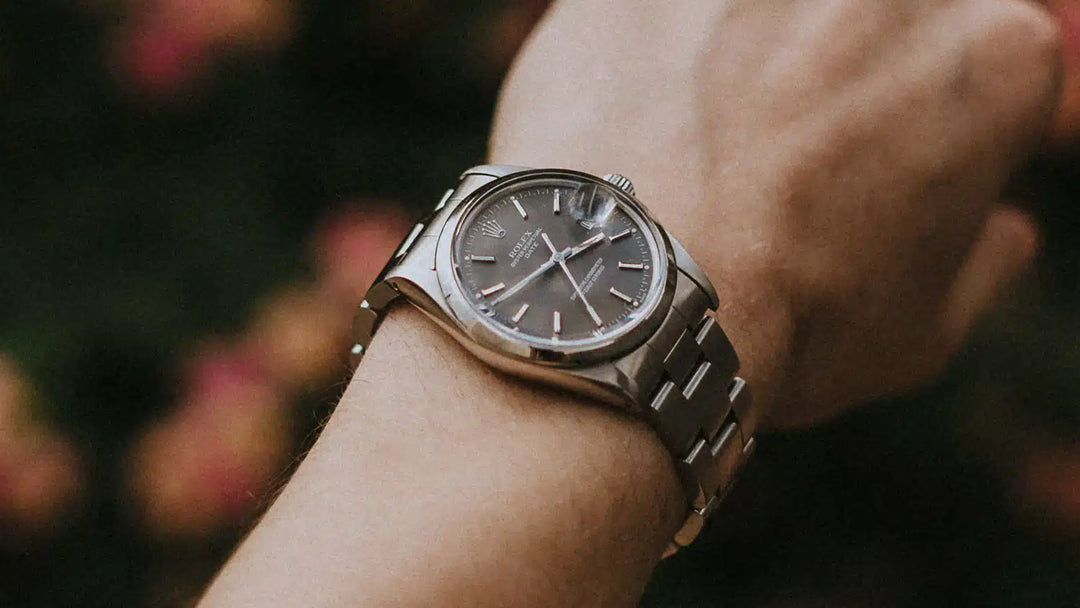
Leave a comment